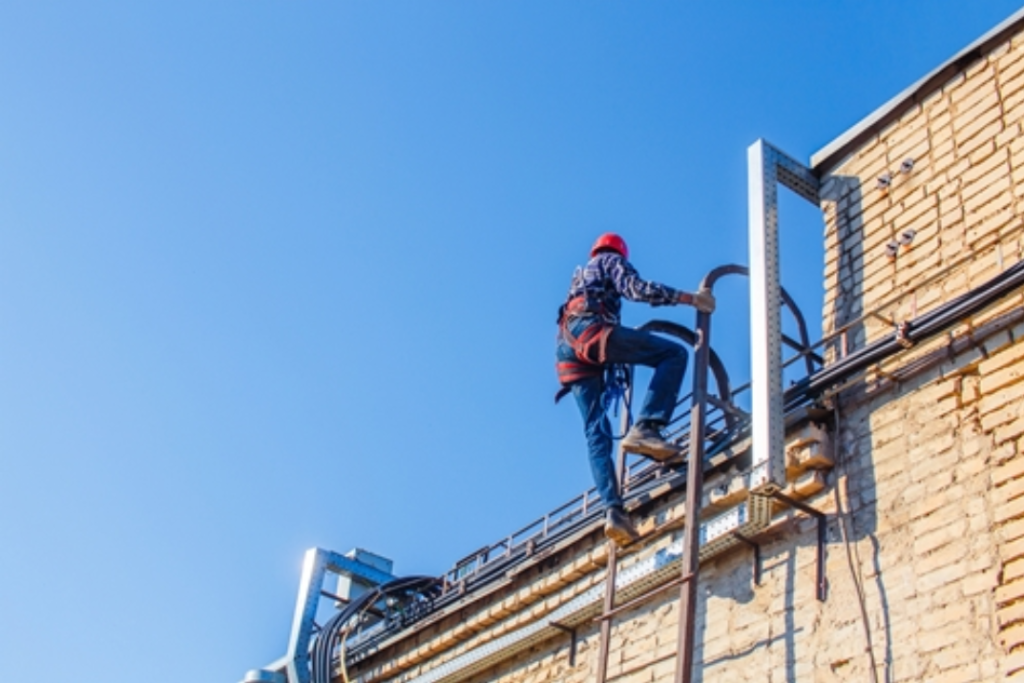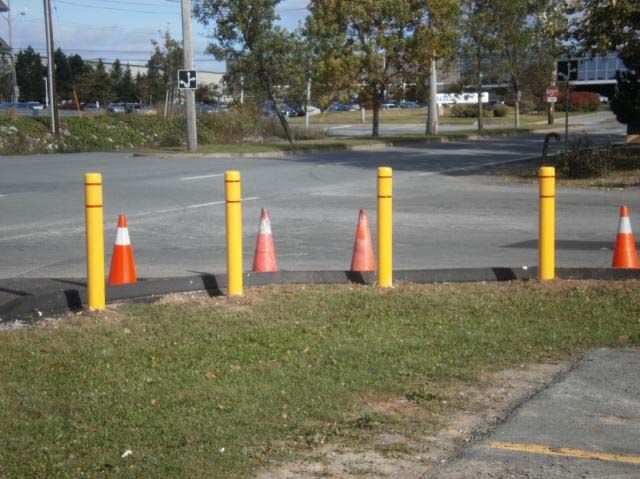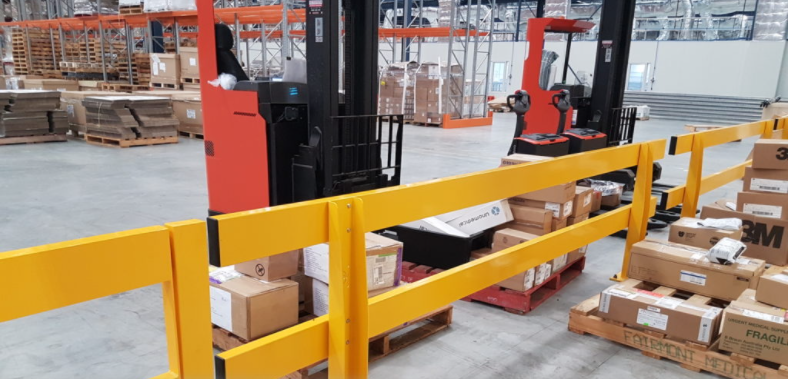Aluminum safety barriers and safety balustrades are the perfect solutions to prevent falls from a height. They are widely used not only in the construction industry but also in industry, warehouses, and sorting plants of companies operating in the e-commerce industry. They allow to properly prepare the workplace at height and help to secure communication routes located above the ground. The modular structure guarantees efficient and quick assembly, and a large number of elements allows you to adjust the safety barriers to individual requirements and conditions at the place of use. Why else is it worth using them?

Work at a height according to regulations
All surfaces raised more than 1 meter above the ground level, which are used for the performance of professional work, must be properly secured by the employer – ” on surfaces raised more than 1.0 meter above the floor or ground, where workers may be present in connection with their work, or railings should be installed with guardrails at a height of at least 1.1 m and curbs at least 0.15 m high”.
Additionally, a crossbar should be placed halfway between the handrail and the curb, or space should be filled to prevent people from falling out. In practice, there are a huge number of situations where safety barriers are simply essential. Here are some examples.
Construction site well secured

The construction industry has for years been considered one of the most dangerous in terms of both the total number of accidents and fatalities.
What are the causes of the most serious accidents? – The most dangerous consequences are falls from a height. The research carried out by the inspectors of the National Labor Inspectorate conducted in 2016-2018 [1] shows that the lack of security for work at height is the most common breach of employers. It was found in as many as 62% of the cases of controlled construction sites.
Among the irregularities, the most frequent related to the improper use of collective protection measures at workplaces or the lack of them (26%) and the failure to secure the passage or access to the workplace (10%). The audit results clearly show how much there is room for improvement in this respect. And there is a simple and, at the same time, very effective solution in the form of system protective safety barriers.
These can be used in various ways – both as collective protection of works on the edges of high-rise buildings and as protection of communication routes at construction sites. Importantly, most of the solutions offered on the market are characterized by a modular structure that allows for extremely fast installation with the use of special connecting and fixing elements. And this allows for efficient protection of the construction site.
The role of safety barriers in the industry
But safety barriers are also perfect for industrial plants. What is their use? – Very diverse. They can secure mobile or stationary work platforms, guaranteeing employees and service technicians access to high machinery and technical devices. But they can also protect footbridges located above the ground, e.g. above production lines.
They are used in industrial plants of many industries – we have carried out orders for the automotive, aviation, shipbuilding industry as well as for the food and chemical sectors. With the use of the latter in mind, we have prepared a safety barrier system in which the pipes are made not of aluminum, but of stainless steel. The appropriate content of chromium in this material causes the formation of a layer of chromium oxide, invisible to the naked eye, on its surface, which protects the steel against corrosion.
How to increase work safety in a warehouse?

It is well known that collisions between a pedestrian and a forklift truck are – apart from falls from a height – one of the most common causes of accidents in a warehouse. Hence the efforts of the managers of such facilities to separate the traffic of pedestrians and in-house vehicles, using e.g. collision-free routes for pedestrians above the ground. And if such a solution is not possible, communication routes should be clearly marked.
The most common way is, of course, to apply lines to the floor surface – these, however, do not protect pedestrians in an optimal way. –Certainly, a more effective solution is to set up a series of posts or safety barriers made of durable steel pipes, which will mark the paths for pedestrians.
Check the strength of the structure
It is not commonly known that the aforementioned Regulation only defines the dimensions of the balustrade and not the strength requirements. These are specified only in the standard, which for many manufacturers is the guidelines according to which they design their solutions. Although it is not obligatory, its compliance in practice is the easiest way to prove that the offered safety barriers meet the strict safety requirements. The standard defines three classes of temporary edge protection, depending on the slope of the ground and the height of a possible fall.
Performing work on the ground is the everyday life of employees of industrial plants, warehouses, or sorting of goods and shipments belonging to companies operating in the e-commerce industry. The primary duty of the employer is to provide comfortable and safe workplaces for subordinates. Railings and system barriers will help in this – they are extremely versatile in use and effective in operation.